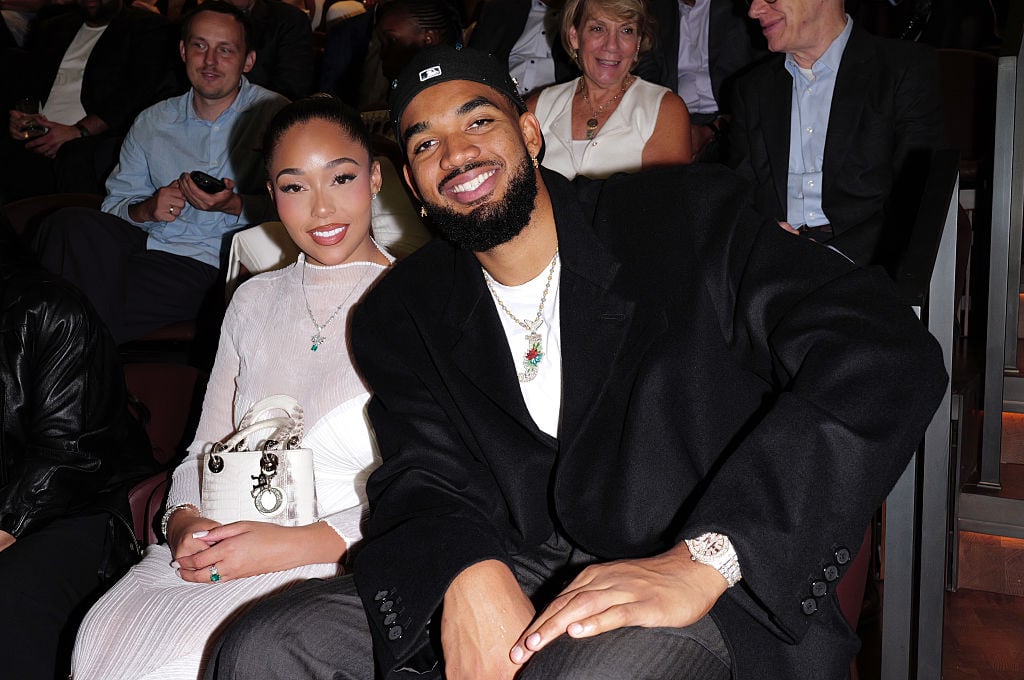If you’re like me, you’ve probably accumulated a lot of unnecessary items in your house. The yoga ball and hand weights you vowed to use daily sit in the corner collecting dust, the workbench your husband received as a gift five years ago remains unopened in its original box, not to mention all the clothes and games your children have outgrown.
These extra items can easily clutter your house as you ponder what to do with them, especially items that have never been used or were only used a few times. Sure, you can gather them up and drive them to your local Goodwill or The Salvation Army, but people are increasingly joining the Buy Nothing Project’s mission via their local Buy Nothing group. Doing so enables members to engage in the “gift economy”—a system of exchange where valuables are not sold, but rather given away for free with no expectations of reciprocal gifts.
What is a Buy Nothing group and how does it work?
I recently discovered the joys of belonging to a Buy Nothing group. There are about eight Buy Nothing groups where I live in Arlington County, Virginia. Each group is restricted to a specific neighborhood, and you can only join one group. Buy Nothing groups are hyperlocal, and their aim is to create community. It took me a while to find the right group, but once I did, I was hooked.
Every time I post a photo of a gift in my local Buy Nothing Facebook group, and someone responds that they want it, I get a huge hit of dopamine. I get another rush when I place an item on my front steps for contactless pick up, and it magically goes to another home where someone will use it.
I’ve given away more gifts than I have received, but I have acquired some very useful items from the group, including a lap desk for my laptop. It’s something I probably never would have bought for myself, but I appreciate it every time I use it. That’s the whole idea—what’s useful to me might not be useful to you, and vice versa, so why not give it to someone who will cherish it?
How to use Buy Nothing
There are 128,000 Buy Nothing communities around the world, with 7.5 million members—so chances are, there’s a Buy Nothing group near you. Most Buy Nothing groups are available on Facebook, but there is also a BuyNothing app for iOS and Android you can download.
Here are five Buy Nothing tips for new members to tap into their local groups.
1. How to find a local Buy Nothing group
Simply search the term “Buy Nothing” paired with your town name on Google, or if you have a Facebook account, search “Buy Nothing” and the name of your neighborhood, says Kiersten Washle, who lives in Falls Church, Virginia, and has been a group member for eight years.
The Buy Nothing website also has a community group locator.
2. How to post gifts
People gift everything from unused diapers and unexpired food to big ticket items like furniture. However, you can’t offer liquor or anything illegal. Best practice is to post a photo of the item accompanied by a short description on your Buy Nothing group Facebook page or via the BuyNothing app. If it’s an item where size is of importance, such as a picture frame or vase, it’s a good idea to put a pencil, ruler or a stick of butter next to it, to show the general size.
“If it’s a stranger item, I usually try to post what I was thinking about doing with it,” Washle says. She recently gifted several reusable container lids. “I posted a photo of the lids, gave the exact dimensions and wrote, ‘Maybe somehow you ended up with a tote that has no lid, so perhaps this is the lid for you.’” Other gifts Washle recently gave away include conference name tag holders, leftover parsley and an orchid. “You’d be shocked at some of the things that find new homes,” she says.
For some people, posting items on Buy Nothing has become more popular than donating to Goodwill or The Salvation Army. “I used to use Goodwill all the time, but then I found out that there’s a lot of resellers that shop there,” says Debby Davis, who lives in Arlington, Virginia, and has been a Buy Nothing member for eight years. “I felt like if I’m going to give my stuff away, I want it to go to people who actually really need it and can’t afford to pay for it.”
3. How to express interest in a gift
When you see a gift that interests you, let the giver know by commenting on the post that features the photo and description of the item. However, don’t be too aggressive in expressing your interest, says Davis, who has scored everything from doggie poop bags to two retro leather chairs that she adores. Use phrases such as, “Yes, I’m interested, thanks for considering,” or “I’d love that. I hope you pick me,” she says.
Washle will include in her comment how she plans to use the item. “I do think that it helps that I give a lot, so they can see it really is a give and take,” she says.
Make it as easy as possible for the person gifting the item, says Amanda Forsey, who belongs to a Buy Nothing group in Washington, D.C. To ensure the person sees she is interested, she will tag the person who posted the item and tell them she is going to send them a direct message through Facebook. In her direct message, Forsey will ask if the item is still available and where and when she might pick it up. “I want them to know I really am interested and I’m not flaky— because I think people do get annoyed when they post things and then the person who expressed interest doesn’t come and pick it up,” she says.
It is entirely up to the gift-giver to decide who gets the item. When multiple people express interest, most gift-givers do a random drawing. “You can always tell a newbie, because they just want to select the first person who comments on their post,” Davis says. She explains that seasoned users let the item simmer for 24 hours, because more comments will drive up interest and get the item further into the community.
While Buy Nothing groups can feel transactional—after all, most people opt for contactless pick up and leave items on porches and front steps for people to retrieve—most users have noticed the more they use Buy Nothing, the more it creates a sense of community.
“I’ve met so many people that I didn’t know before and I would have never known,” Davis says.
Washle, who is a renter, not a homeowner, says the group has helped her to feel less transient and more connected to her community. “I don’t think that I would speak to my neighbors without it,” she says. “If I’m dropping something off, we do usually have a little bit of a casual chat, and I don’t think that opportunity would happen in normal circumstances.”
Recently Forsey had a nice conversation with someone who had posted a gift, and afterward the giver reached out to see if Forsey would like to meet for coffee sometime. “I think it is definitely a way to start striking up conversations with neighbors,” she says.
5. How to create a local Buy Nothing group
A few years ago, Washle moved to Massachusetts, and her neighborhood didn’t have a Buy Nothing group. Initially, she didn’t think much about it, but then there were moments when she realized she had items to gift, and she wished she had the option to do so using Buy Nothing.
Then Washle realized there was a self-paced course she could take on the Buy Nothing Project website to learn more about becoming a community builder. The first three to six months, the Buy Nothing group she started was small, with about 20 members, but then it took off, and after about a year-and-a-half, the group had 900 people.
The best part about Buy Nothing groups, Washle says, is it’s a risk-free opportunity to try something. “I know if I end up not loving it, I can just post it to gift it back.”
Photo by Monkey Business Images/Shutterstock.com







